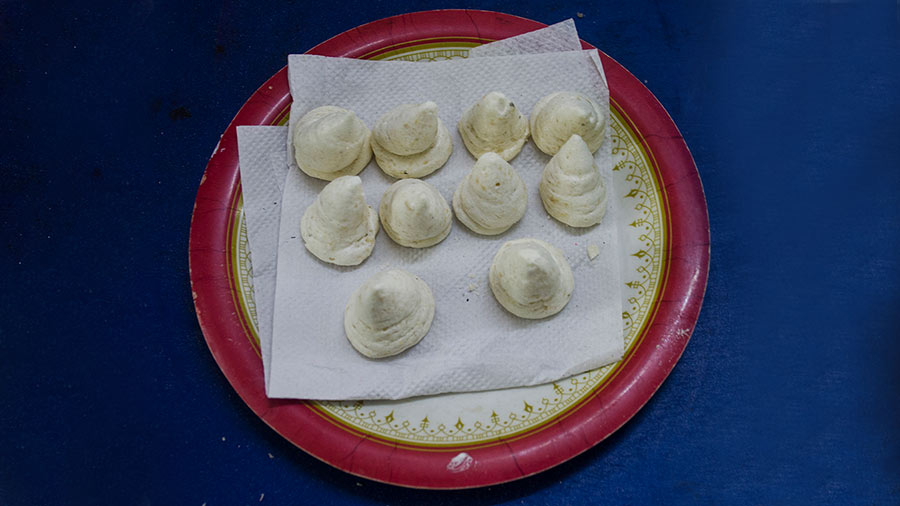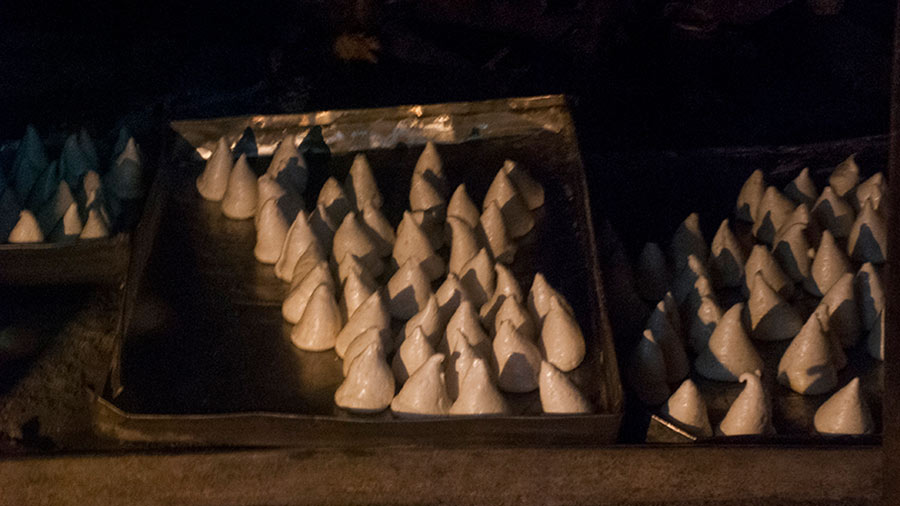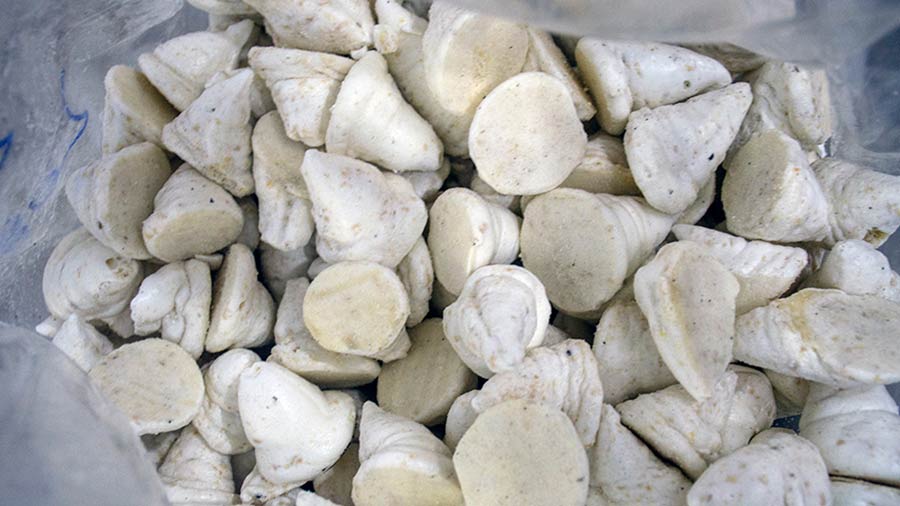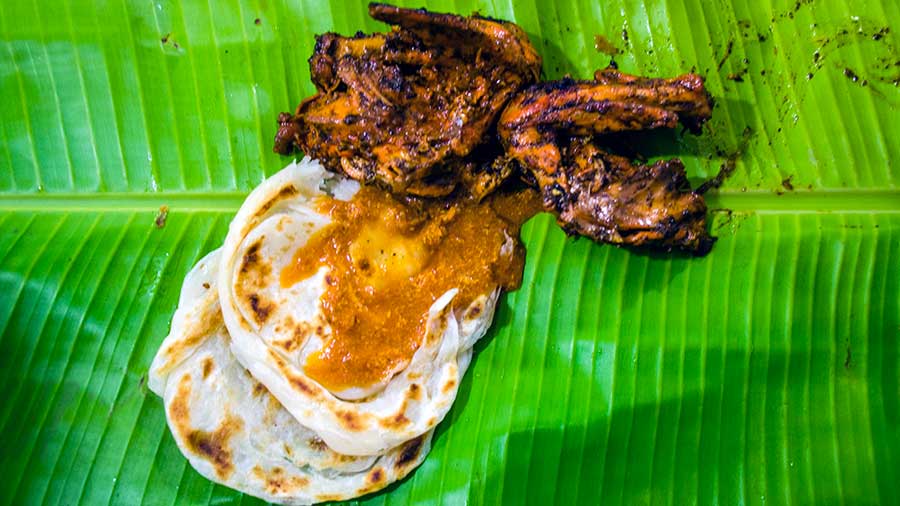A macaroon (also called macaron) is a small dry cake or biscuit-like confectionary item made with egg whites, sugar and ground almonds. It has its origins in Italy and France, but over the years, has made its way to different parts of the world. Each region that has adopted the macaroon, has modified it by using easily available local substitutes. The ground almond, in places, has been replaced with ground cashew nuts or even coconut powder. Some have also added a dash of honey to provide an extra dose of sweetness.
It was the Portuguese who introduced the macaroon to India. It came via Sri Lanka and reached the extreme southern part of the country. It was probably the port of Tuticorin (now called Thoothukudi) that first got the taste of this exotic European confectionary item.

It was the Portuguese who introduced the macaroon to India Rangan Datta
Since almonds were not as readily available in south India, they were replaced with cashews, a local nut that grew in abundance along the Indian coast. This gave rise to the Tuticorin Macaroon and that confectionary legacy continues to this day.
Today, several bakeries in Thoothukudi still manufacture the macaroon following the same century-old cooking process, but use proper health and hygiene guidelines to turn it into an export-quality item. The process is simple and starts with grounding the cashew nuts. But there is a trick. The grounding is done in two different batches. The first one produces a coarse cashew nut powder, while the second lot has a finer texture. The two types of powders are then mixed with sugar in an electric mixer. The two types of grounded cashews provide a crunchy texture to the final product.

The macaroons before being placed inside the oven Rangan Datta
Meanwhile, the egg whites are separated from the yolk and stored separately. The egg whites are then mixed with the ground sugar and cashew nuts. This is done by hand and is known as folding, which adds air space in the mixture. This gives a fluffy appearance to the final product. The mixing continues till the mixture has a foam-like appearance. Finally, the mixture is ready and is poured into piping cones. Finally, the macaroons are put inside the oven for slow baking.
The Tuticorin Macaroons have a spiral, cone-like shape and look more like modaks than traditional European macaroons.

The macaroons inside the oven Rangan Datta
The baking takes about six hours and the temperature is maintained at 1520 C. Finally, when the product is ready, it is packed in airtight containers and is ready for sale.
The Tuticorin Macaroon has a fluffy appearance and a crunchy texture. It is white in colour as no other added flavour or colour is used. It also looks totally different from its foreign cousin and comes at a much lower price. The European version is mostly found in cake shops of star hotels and high-end bakeries, and comes with a high price tag. But the Tuticorin version comes at a much lower price. A packet generally weighs 45gms, holds about 15 macaroons and costs Rs 55.

The macaroons being packed Rangan Datta

